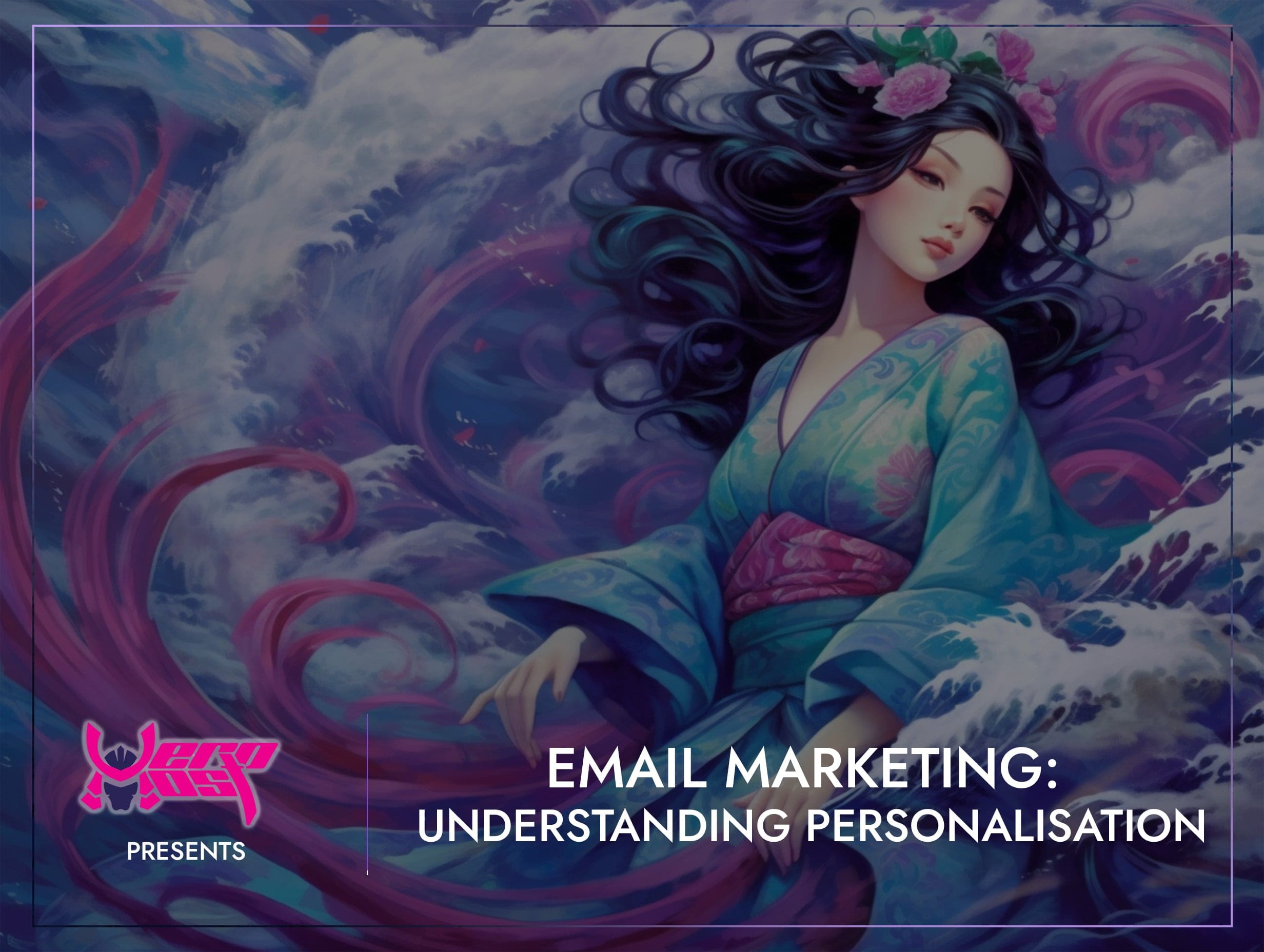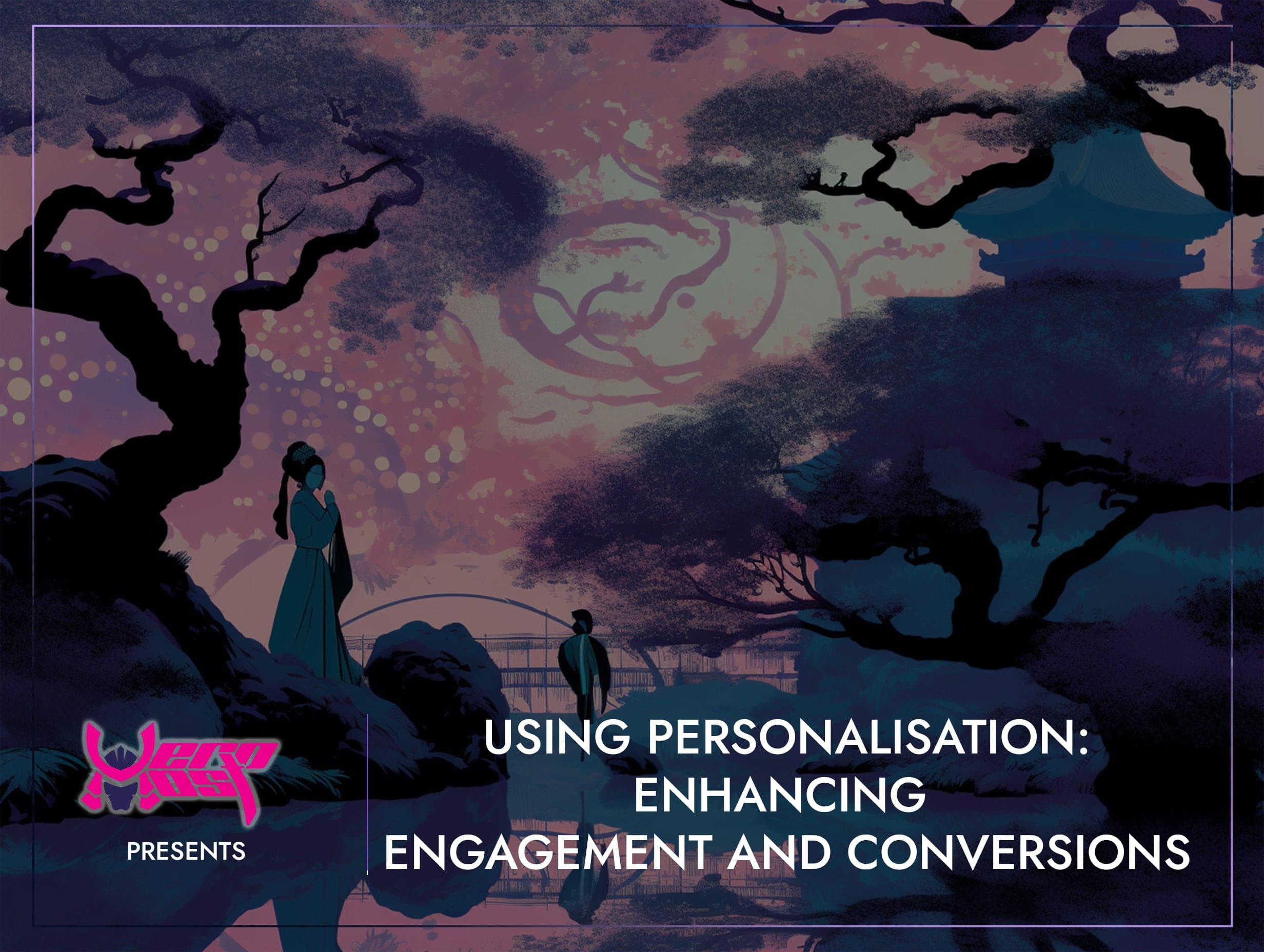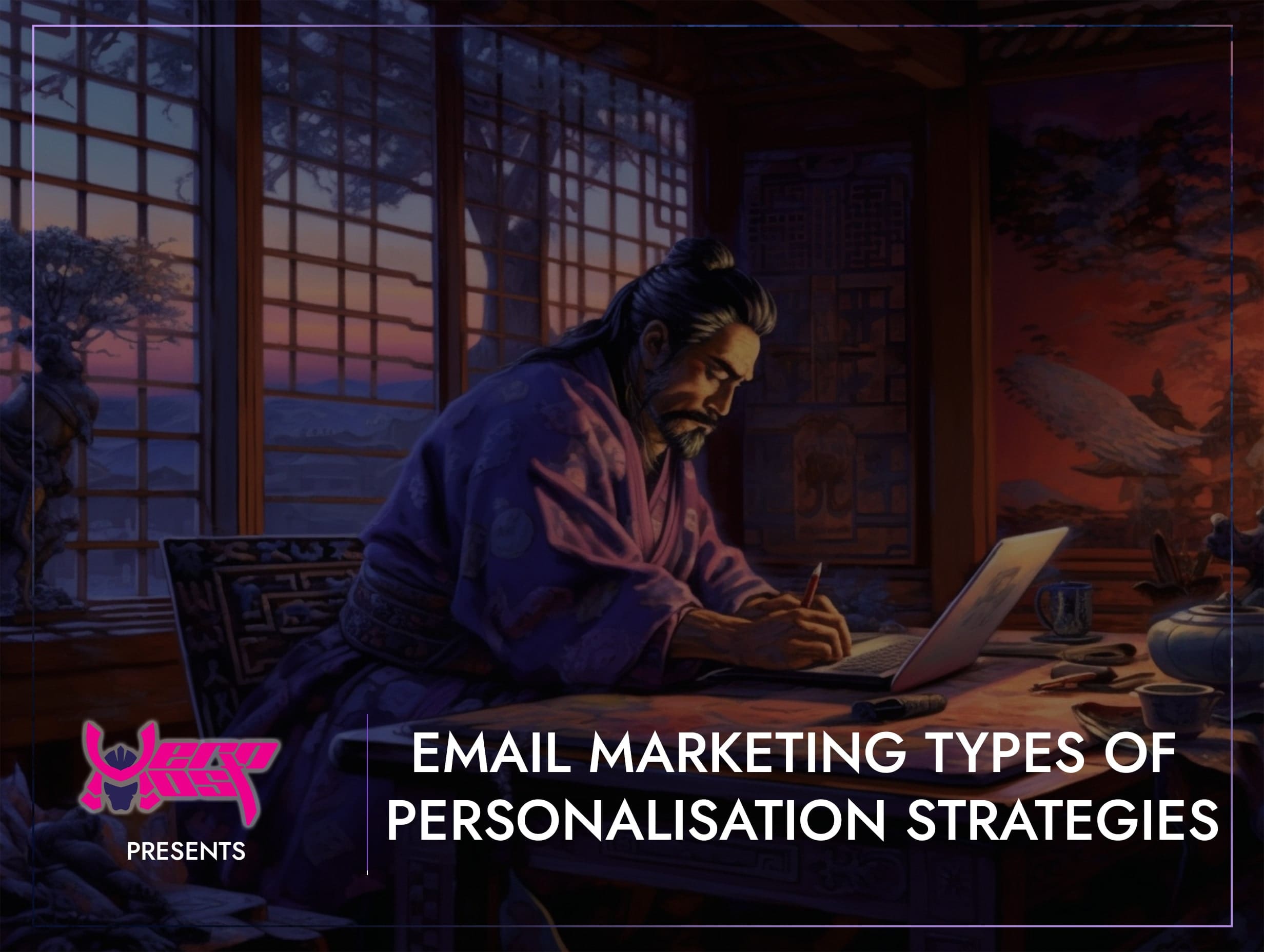Email Marketing: Understanding Personalisation
- Home
- Email Marketing
- Email Marketing: Understanding Personalisation

- Mikey Ryu
- April 30, 2024
- 0
Email Marketing: Understanding Personalisation
In today’s digital landscape, where consumers are inundated with a constant stream of marketing messages, standing out from the crowd is more challenging than ever. Enter personalisation—a strategic approach that tailors marketing content to individual recipients based on their preferences, behaviours, and demographics. Nowhere is the impact of personalisation more evident than in email marketing, where the ability to deliver relevant, targeted messages can make the difference between a successful campaign and one that gets lost in the shuffle.
The Evolution of Personalisation:
Personalisation in email marketing has come a long way since the days of simply addressing recipients by their first names. While this basic form of personalisation remains effective, today’s marketers have access to a wealth of data and technology that allows for much deeper levels of customisation. From dynamic content blocks that change based on subscriber behaviour to sophisticated recommendation engines that deliver product suggestions tailored to individual preferences, the possibilities for personalisation are virtually endless.
The Importance of Personalisation:
So why is personalisation so important in email marketing? At its core, personalisation is about more than just making recipients feel special (though that’s certainly part of it). It’s about delivering content that is relevant and valuable to the individual, thereby increasing engagement, building trust, and driving conversions. In a world where consumers have come to expect personalised experiences from the brands they interact with, failing to deliver can have serious consequences for your bottom line.
The Power of Data:
At the heart of effective personalisation lies data—the more you know about your audience, the better equipped you are to deliver targeted, relevant content. This data can come from a variety of sources, including purchase history, browsing behaviour, demographic information, and more. By leveraging this data effectively, marketers can segment their audience into smaller, more targeted groups and deliver messages that speak directly to their interests and needs.
Types of Personalisation Strategies:
There are countless ways to personalise your email marketing campaigns, but some of the most common strategies include:
Dynamic Content:
Creating emails with content blocks that change based on factors such as location, past purchases, or browsing history.
Segmentation:
Dividing your email list into segments based on demographic information, purchase history, or engagement level, allows for more targeted messaging.
Personalised Subject Lines:
Tailoring subject lines to include the recipient’s name or reference their recent interactions with your brand, increases the likelihood of the email being opened.
Recommendation Engines:
Using algorithms to analyse customer data and provide personalised product recommendations within email content.
Lifecycle Marketing:
Sending emails at different stages of the customer journey with content relevant to their current relationship with your brand.
Enhancing Engagement and Conversions:
The true power of personalisation lies in its ability to drive engagement and conversions. By delivering content that resonates with recipients on a personal level, marketers can increase open rates, click-through rates, and ultimately, sales. For example, an e-commerce retailer might send targeted product recommendations based on past purchases, while a travel company might use dynamic content to showcase destinations tailored to the recipient’s interests.
Best Practices for Personalisation:
While personalisation can be incredibly effective when done right, there are some best practices to keep in mind:
Collect Relevant Data:
Gather as much data as possible about your audience, but be mindful of privacy concerns and only collect information that is relevant to your marketing efforts.
Test and Iterate:
Continuously test different personalisation strategies to see what works best for your audience, and don’t be afraid to iterate and refine your approach over time.
Focus on Relevance:
Make sure that your personalised content is relevant and valuable to the recipient, and avoid personalisation for the sake of personalisation.
Monitor Performance:
Keep a close eye on key metrics such as open rates, click-through rates, and conversion rates to gauge the effectiveness of your personalisation efforts and make adjustments as needed.
In conclusion, personalisation is a powerful tool in the email marketer’s arsenal, allowing for more targeted, relevant messaging that drives engagement and conversions. By leveraging data effectively and employing the right personalisation strategies, marketers can create email campaigns that resonate with recipients and deliver real results. So embrace personalisation, experiment with different strategies, and watch as your email marketing efforts reach new heights.
Search
Categorys
- Branding (12)
- Business Growth Guides (3)
- Business Insights (3)
- Content Marketing (43)
- Domain Authority (19)
- Email Marketing (28)
- Google Analytics & Search Console (5)
- Hack or Not (2)
- Hero Host News (0)
- Inbound Marketing (32)
- Lessons From Asia (40)
- Marketing Guides (11)
- Martial Arts Journey (14)
- Outbound Marketing (8)
- Search Engine Optimisation (SEO) (41)
- Social Media Marketing (38)
- Web Design (20)
- Website Hosting (4)
- Wordpress (2)






